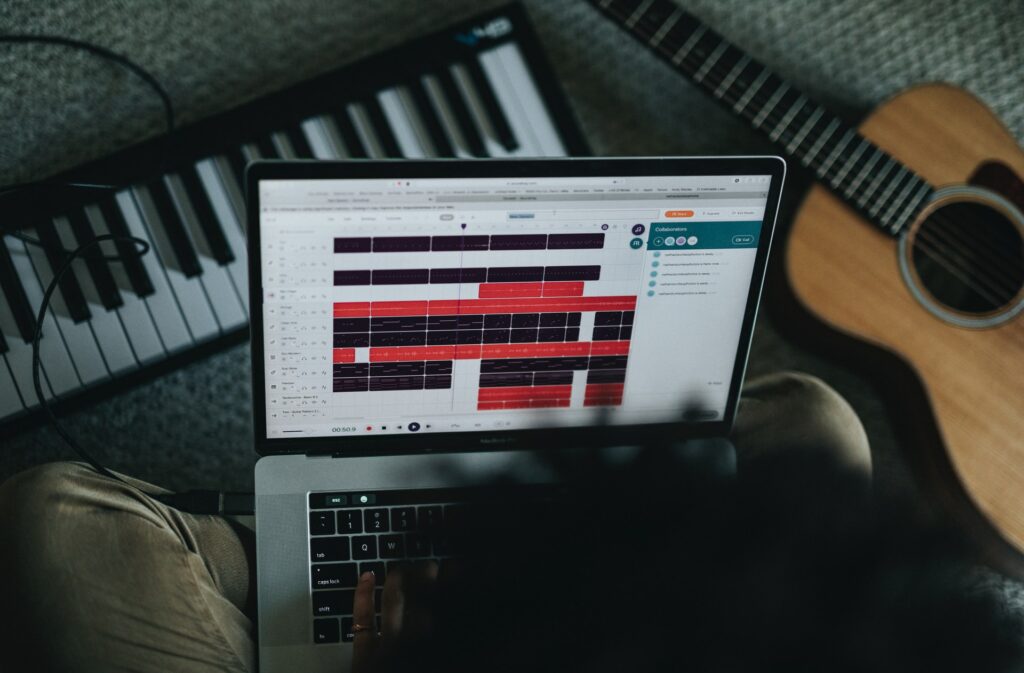
As a music producer, I find sound fascinating. There are so many unique sounds all around us that given the right context and processing, could become something completely different.
I have a long term relationship with samples and sample hunting. Several hundred gigabytes and a few years later.
In this post, I wanted to share some fun projects to create your own one-of-a-kind sample pack for your music!
Before we begin, here’s a (brief) outline of some of the skills you’ll need:
- A deep understanding of sound recording
- Knowing how to program synth patches
- A wide variety of sound processing techniques
- A good understanding of audio formats, bitrates, clipping, etc
- Knowing how to export for different uses/formats (NI Kontakt, Logic ESX24, Serum Wavetables, etc)
One really important thing to note:
You have to create ALL the sounds yourself if you intend to sell the pack! So, you’ll want a really solid understanding of how to make sounds from scratch like an 808 bass, synth leads, kick drum, brass stabs, and so on. If you use other people’s sounds, that’s stealing and that’s not okay! (plus, where’s the fun in that?)
Morning coffee and sketches
When a project begins, there are two basic formats: I come up with an idea, or I’m sent a prompt/style from one of the companies that I work with to release.
This varies from project to project. But, I try to get a ‘goal’ together as well as have a way to keep a note of what still remains to be done as I progress with the recording sessions. Generally, it will take a few weeks of work, but deadlines vary and you may have to really get after it to get it done!
Out here in the field
I’m a big fan of texture and realism.
From here begins the task of recording sounds – the best part! I’ve done many weird things over the years to get unique sounds for percussion elements, or other elements of the pack. Some fun things I’ve done that you can try out at home:
- Snap dry spaghetti noodles
- Smash a lightbulb with a hammer
- Hit a refrigerator with a baseball bat
- Recording the ambient sound of a shopping mall/coffee shop/big box store
- Record a vending machine
- Sampling a broken zither at an antique shop
- Recording an old clock with a cool ticking noise
- Throw rocks at things, or other rocks
- Smacking wood planks together (and getting a lot of weird looks in the hardware store)
- Buying some annoying children’s toy instruments and messing around with them
Slice n’ dice
Once I have my source materials, I’ll begin the tedious task of chopping samples. I’ll unload the raw audio onto one of my sample hard drives, then import all the files into my DAW. From there, I’ll chop out all the interesting sounds, organize them into different categories, and then export all of the final samples.
Cooking with fire
From here, I’ll open a new session in my DAW and drag in the samples into different groups. Then, I’ll begin treating these in standard and sometimes more experimental ways. I may layer the spaghetti snap with a clap sound, reverse the creepy children’s piano and drown it in reverb, throw the lightbulb sound through an impulse response and layer with an FM synth sound, or just throw various things through a granular synth, and see what happens.
The point here being: experiment!
With DAWs and all the wild VST effects available, the real fun comes in using them in interesting and unusual ways to create unique results. After all, the point is to make a pack that people want to buy. So, getting weird can be a great thing to make a sound people have never heard before!
End of the line
After a few days (or weeks, or months) the pack is done! The samples are all organized, I’ve created my demo tracks, I’ve made the artwork (unless the company has an artist doing it for them), and I’m ready to export the final results.
A few last things remain:
- Check for any clipping, as clipping is NEVER okay
- Make sure the loops cycle at a zero crossing point
- Test out the pack, make sure it’s usable and fun to use
- Send the pack to some trusted producers to try out and get their feedback
Once this is all said and done, it’s time to wrap up the pack into a folder, add the terms and conditions file, add the artwork, zip it up, and send it off or upload it to my website!
Creating these packs is incredibly fun – even if it’s just a pack I keep for myself. It’s extremely rewarding work to create your own sounds, and it’s even more rewarding to read the reviews or hear your samples used in other people’s tracks!
I hope you found this post interesting and inspiring – now go out there and get weird with sound!








